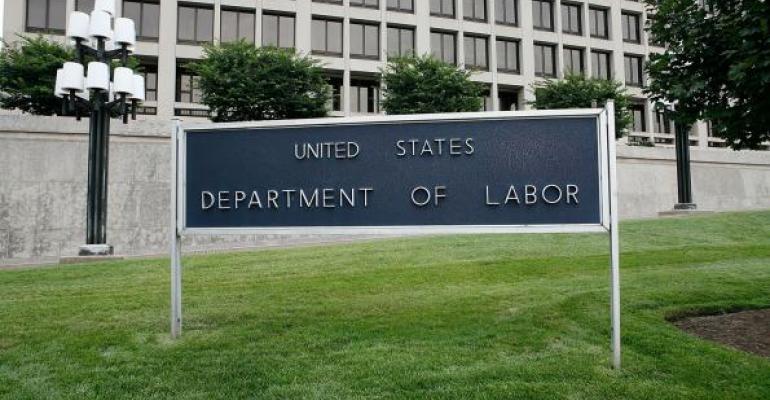On March 11, the Department of Labor’s new Independent Contractor Rule is scheduled to go live. It was January 2021 when the DOL first considered revising the standard for determining whether a worker is an employee or independent contractor under the Fair Labor Standards Act. Last month, the DOL released its final rule. Opposition to the rule began immediately. Or, should I say, it resumed with gusto.
The DOL’s intent (which includes protecting workers’ rights when it comes to minimum wage and overtime pay) is reasonable. However, as with many legislative actions, unintended and far-reaching consequences make the rule untenable for constituencies that include independent financial advisors and broker/dealers.
What the Rule Means to the Financial Services Industry
We’re all familiar with the negative impacts that will result from enacting the rule: potentially increasing the cost of advice for Main Street investors and compromising a financial advisor’s ability to control how they affiliate with firms, being among the most discussed.
In the ever-evolving financial services industry, why isn’t the DOL independent contractor rule merely the latest headwind to be absorbed by nimble and smart practitioners? This time it’s different because the rule strikes at the core of what the independent wealth management sector is built upon and has the potential to upend the industry as we know it.
Under the new rule, the road to independence for financial professionals begins and ends at the RIA model. The alternative is for formerly independent professionals to become employees of their broker/dealers.
That’s a hard stop for many.
The new rule will incentivize independent advisors to establish their own RIAs. However, is this even feasible for smaller firms? The barriers to entry are high. Often, such firms do not have the scale or resources to address the regulatory, product diligence and operational complexities.
Due to the cost—in terms of money, time and resources—of running an RIA business, they will be forced to either seek expensive capital to drive scale or sell to a larger enterprise, thereby taking independence off the table.
In the current ecosystem, one where both M&A activity and private equity are more prominent than ever, what happens at the intersection of this DOL rule and M&A?
In the recruiting world, M&A has become an important part of the process with financial advisors selling a portion of their business as part of the transition with greater regularity. Those smaller firms, ones that can’t compete in the new landscape but still seeking independence, will drive this type of dealmaking going forward. Their goals haven’t changed (retain control and potentially participate in a larger liquidity event down the road), but the playing field has.
Fast on the heels of the final rule being issued by the DOL, a group of disparate organizations filed a motion to block it. How this will play out—and how long it will take—are yet to be seen. However, we do know that resistance to the new DOL rule is strong, opponents have deep pockets and, importantly, there are allies in Washington who support a carve-out to exclude financial advisors from the rule.
One thing is certain the final impact of this rule has yet to be determined.
Jeff Nash is Chief Executive Officer and co-founder of Bridgemark Strategies




